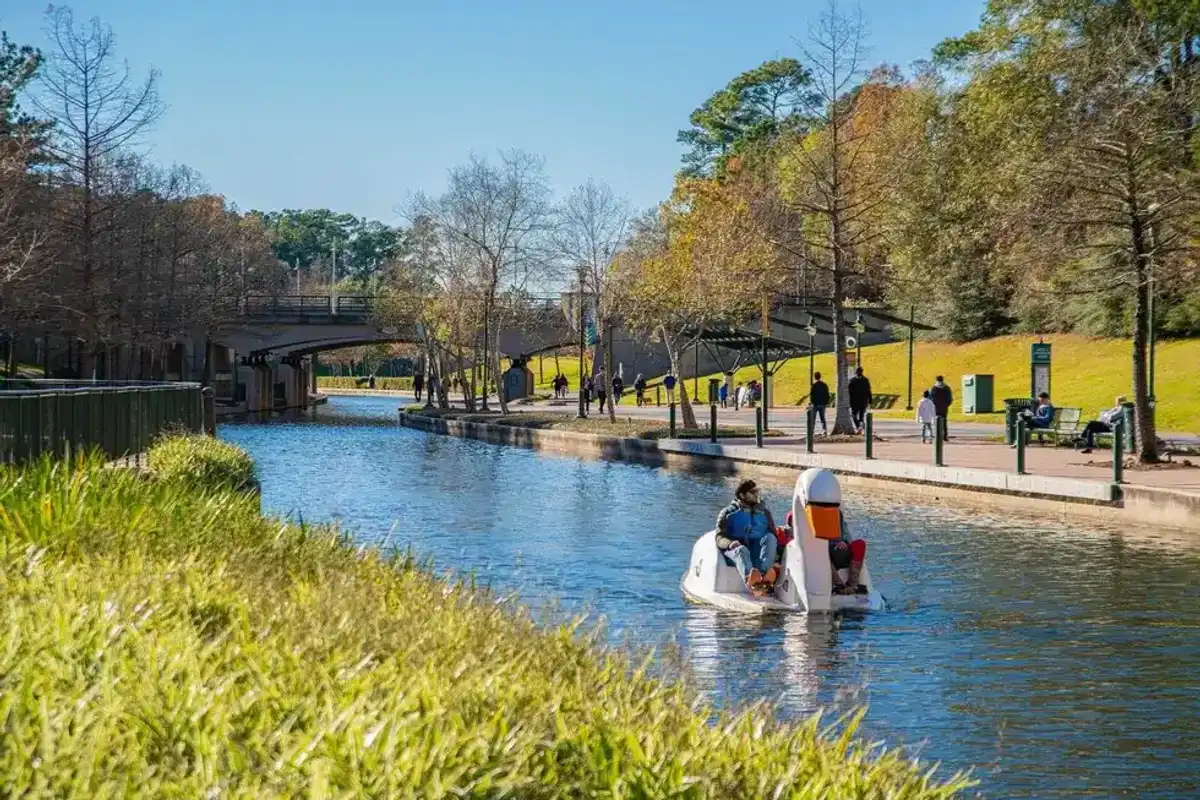Expert advice: Should your Houston startup apply for this lesser known SBIR grant?
guest column
Inside the Department of Commerce is a relatively small federal agency, compared to the others, call the National Oceanic and Atmospheric Administration. They too have a small business innovation research (or SBIR) program in which technology startups can have access to funds to de-risk their innovation.
Here’s what you need to know about this non-dilutive funding opportunity:
Overview of NOAA’s SBIR Program
Although the SBIR program has been around for over forty years, NOAA entered the scene in 2010 when their research and development budget reached over $100 million. Per the federal statue, they joined a host of federal agencies that were to devote 3.2 percent of that budget to small businesses.
In the last few years, NOAA has devoted $10 to $15 million annually to small businesses in the form of SBIR grants. These Phase I awards have reached $175,000 in funding for a six-month feasibility study. Follow-on Phase II awards can reach up to $650,000 for 24 months of R&D. Each year’s solicitation is generally announced near the end of the calendar year with deadlines ranging from December to March. While not exactly cyclical, anticipating these deadlines allows a company to set aside enough to prepare a proper application.
What is NOAA Looking For?
According to the NOAA’s website, “NOAA is an agency that enriches life through science. Our reach goes from the surface of the sun to the depths of the ocean floor as we work to keep the public informed of the changing environment around them.“ Their SBIR research topics have stayed consistent since 2011 with minor general topic changes. These six topics have been the same for the last two funding cycles:
- 9.1 Extreme Events and Cascading Hazards
- 9.2 Coastal Resilience
- 9.3 The Changing Ocean
- 9.4 Water Availability, Quality, and Risk
- 9.5 Effects of Space Weather
- 9.6 Monitoring and Modeling for Climate Change Mitigation
When analyzing past winners, which you can find online, a clear emphasis is placed on developing advanced tools for data collection, analysis, and prediction, particularly in the areas of weather forecasting, oceanic observation, and ecosystem health. Many projects involve AI and machine learning for processing large datasets to improve decision-making in disaster response, fishery management, and habitat conservation.
The recurring theme of scalability, real-time data applications, and cost-effective, sustainable solutions shows NOAA's interest in technologies that not only address immediate environmental challenges but also have broader implications for global climate and ecosystem management. Additionally, NOAA seems to value partnerships that leverage cross-disciplinary expertise, integrating cutting-edge science with practical applications.
Their grading criteria also give you some early insight into what they are interested in receiving:
- The scientific merit and technical approach of the proposed research (40 points)
- The level of innovation the proposed effort offers to the research topic area (20 points)
- Consideration of an application’s commercial and societal impacts and potential applications (20 points)
- Qualifications of the proposed principal/key investigators, supporting staff, and consultants and availability of instrumentation and physical facilities necessary to complete the proposed work (20 points)
How to Apply
Because of the previous trends, we anticipate NOAA will publish a similar list of research topics along the same lines as the last few years within the next several months. With a deadline being between December and March, it’s in your best interest to begin preparing your application now. Here are the first three early steps I’d recommend for you to get a headstart:
- Check your eligibility
- You must be a for-profit organization.
- You must have fewer than 500 employees
- You must be primarily owned by a U.S. citizen or permanent resident
- You must not be majority owned by venture capital or private equity
- Complete your registrations
- System for Award Management (SAM) — registration can take over a month and must be renewed on an annual basis.
- Small Business Association SBA — registration can take up to 90 days.
- Grants.gov — registration typically takes between three to 10 business days.
- Start writing your first sections
- Develop your abstract and specific aims. If possible, schedule a meeting with a program manager from NOAA to review and provide early feedback on these early sections.
Don’t Forget About Asking for Help
Practice regular and open communication with NOAA and their SBIR program managers. Ask questions early and often to make sure you have the best chance of receiving positive feedback when you finally submit your application. I’d encourage you to find previous NOAA SBIR reviewers to do a preliminary review before your submission. Since these solicitations only come around once a year, it’s worth the time and effort to polish your application to the highest degree. If you’re worried about the time commitment of writing a 15 page application for funding, find a local grant writer (or grant writing firm) to help with application and submission process.
Finally, good luck to all you NOAA applications as you innovate in such a way to make the world a better place.
------
Robert Wegner is the director of business development for Baginski Wegner and Company (BW&CO).





